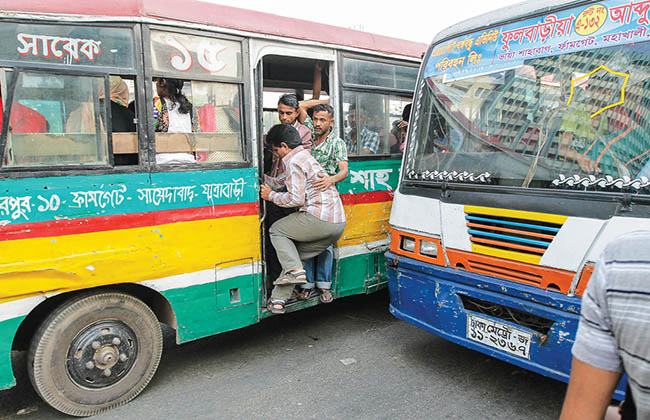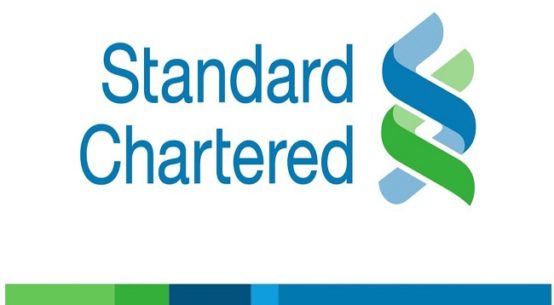
Following the lifting of lockdown or restrictions on movements, the number of road accidents and deaths has started rising in the country. Two army personnel were killed when a cement-loaded truck collided with an army pickup at Konabari in Sirajganj on Monday last. Three people were injured in the incident. On the same day, a motorcyclist was killed in a bus collision at Manirampur in Jashore. On the same day, a Grameen Bank official was killed in a road accident in Satkhira Sadar upazila. On the previous day, three people were killed in a head-on collision between a private car and a truck at Rupganj in Narayanganj. Before that day, six people were killed when a passenger-bus hit a truck parked at Bailar in Mymensingh’s Trishal upazila. In this way, one after another accidents on roads in different parts of the country are taking lives every day.
It is worth noting that the extensive plying of relatively low-speed light vehicles or battery-run and CNG-powered auto-rickshaws, easy-bikes, etc, alongside high-speed bus-trucks, on the country’s highways remains the main reason for frequent accidents. Experts have been demanding control of traffic on highways and regional highways, among other recommendations. But we do not see the government taking any specific steps in this regard. As a result, the number of road accidents and deaths is not decreasing.
According to the annual road accident report of Bangladesh Passengers Welfare Association, 6,686 people were killed in 4,891 road accidents in the country in 2020. Also, 8,600 more were injured. After reviewing the accident data, the organisation says that around 53 per cent of the road accidents that took place last year were due to car crashes. In addition, 22 per cent of the clashes were head-on collisions. In 16 per cent of the cases, vehicles fell into roadside ditches. Regarding the type of accidents, the Bangladesh Passengers Welfare Association says that about 29 per cent of accidents in the country occurred on national highways and 44.69 per cent on regional highways.
In this situation, it is necessary to take special measures to control heavy and light vehicles of different speeds on the same highways and regional highways. In recent years, various types of battery-powered light vehicles have become popular means of public transport in urban and rural areas of the country. We know it is very difficult to control light vehicles once they accumulate extra speed. For some time, the movement of these battery-powered rickshaws in big cities has stopped, but they still run proudly all over the country.
Against this backdrop, the government could create a technologically advanced version of such a battery-powered light vehicle. Subject to registration, they will only run on local roads within a certain range across the country. It will, on one hand, meet the demand of common people for vehicles while, on the other, reduce the rate of such unwanted accidents on highways. Besides, it is necessary to strengthen the implementation and enforcement of the latest road transport laws to bring relevant workers, including drivers and assistants of public transports, under training and licence.

